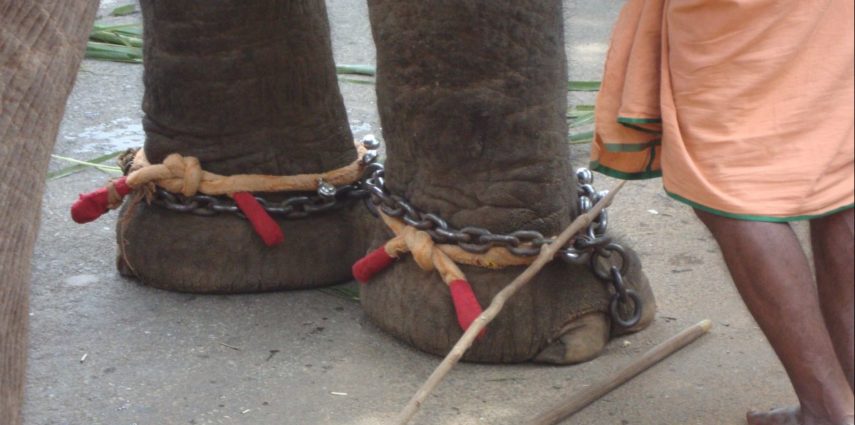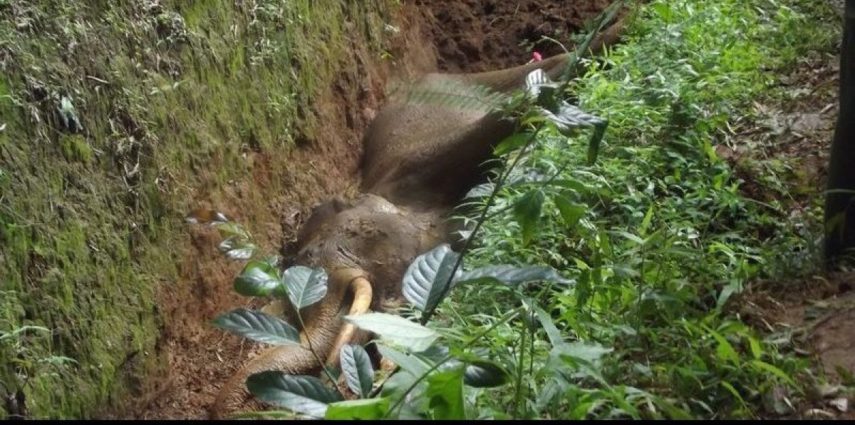Seeing the Mistreatment of Elephants in India Was Haunting
“An emotional roller coaster ride” pretty much sums up my 21-day whirlwind trip to India. It took me through the lush hills and valleys in the Bandhipur area near Bangalore (the silicon city of Karnataka State), where wild elephants are thriving, as the conservation movement in this region is alive and well. Of the approximately 45,000 Asian elephants in the wild, more than 25,000 of them are in India, mostly concentrated in the Bandipur, Wynad and Nilgiris belt — located in Southern India.


